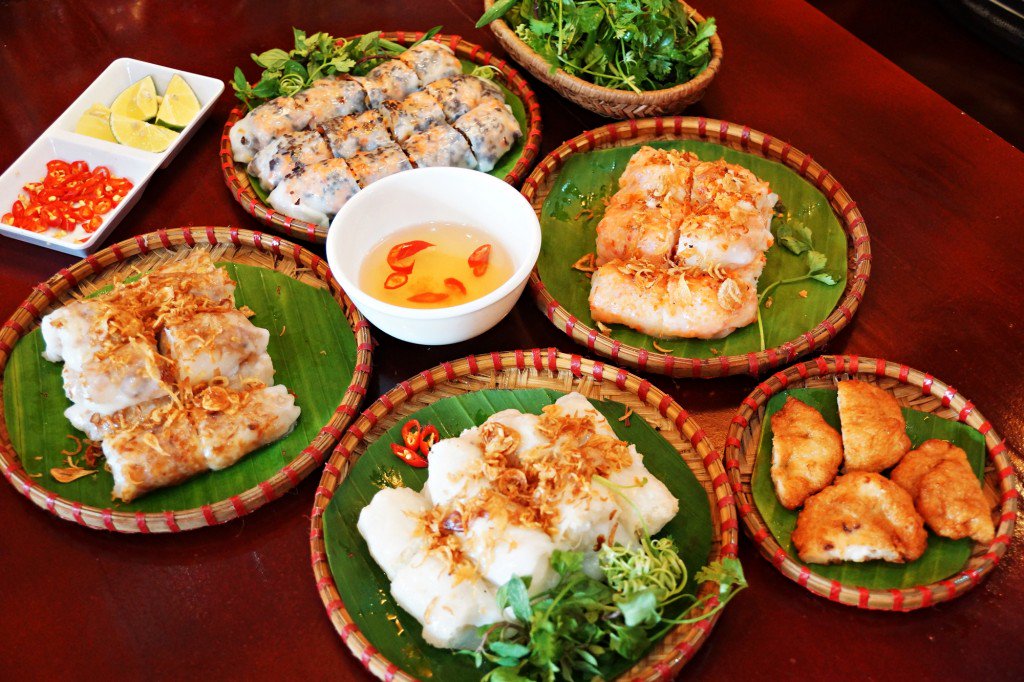No products in the cart.
[Các Khu Chợ Hải Sản Phổ Biến ở Hokkaido, Mẫu Câu Giao Tiếp Thường Dùng] Hokkaido, hòn đảo phía bắc của Nhật Bản, nổi tiếng với những sản phẩm hải sản tươi ngon và phong phú. Nơi đây là nhà của nhiều loại hải sản khác nhau, từ cá hồi, cua, sò điệp đến bạch […]


